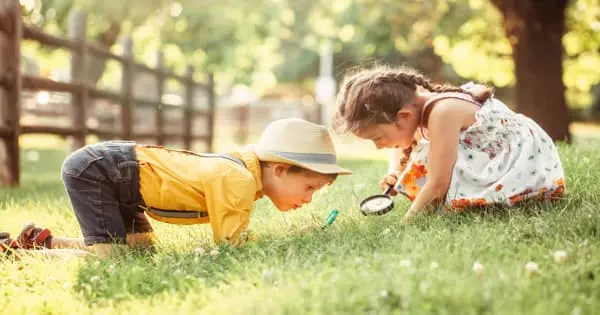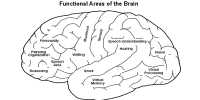From birth to the age of five, early childhood development promotes children’s development. It encompasses programs and services that promote nurturing care, such as health, nutrition, play, learning, and protection. Its interventions address a growing child’s four developmental domains: physical, cognitive, linguistic, and socio-emotional development.
Children who grew up in areas with easy access to greenspaces and natural vegetation outperformed their peers who grew up in areas with fewer greenspaces. Do you want to make sure your child reaches their developmental milestones? According to new UBC research, living in areas with high exposure to greenspace can help set them up for success.
Researchers from the University of British Columbia’s faculties of forestry and medicine examined the developmental scores of 27,372 Metro Vancouver kindergarten students between 2005 and 2011. They calculated the amount of greenspace surrounding each child’s home from birth to age five. They also measured traffic-related air pollution and community noise levels. According to the authors, the findings highlight the critical importance of natural green spaces such as street trees, parks, and community gardens.
Most of the children were developing well in terms of language skills, cognitive capacity, socialization, and other outcomes. However, what’s interesting is that children who lived in a residential area with more vegetation and richer natural environments showed better overall development than their peers who lived in areas with less greenspace.
Ingrid Jarvis
Children from low-income and marginalized families who are unable to access assistance are at a distinct disadvantage. They will have a limited vocabulary and ability to learn if they start school at the age of five without early childhood support. Differences in development between children who have what they need for healthy brains and bodies and those who do not can be seen as early as nine months of age. Inadequate care, nutrition, and cognitive stimulation during these early months and years can have long-term consequences.
“Most of the children were developing well in terms of language skills, cognitive capacity, socialization, and other outcomes,” says study author Ingrid Jarvis (she/her), a Ph.D. candidate in UBC’s department of forest and conservation sciences. “However, what’s interesting is that children who lived in a residential area with more vegetation and richer natural environments showed better overall development than their peers who lived in areas with less greenspace.”

The reason for this, according to the researchers, is partly due to greenspaces’ ability to reduce the harmful effects of air pollution and noise – environmental challenges that have been shown to negatively affect children’s health and development through increased stress, sleep disturbances, and central nervous system damage.
“Few studies have investigated this pathway linking green space and developmental outcomes among children, and we believe this is the first Canadian study to do so,” adds Jarvis.
The Early Development Instrument (EDI), a survey completed by kindergarten teachers for each child, was used by the researchers to assess early childhood development. The tool assesses a child’s ability to meet developmental milestones at his or her age.
“More research is needed,” says the study’s senior author and UBC research associate Matilda van den Bosch (she/her). “However, our findings suggest that urban planning efforts to increase green space in residential neighborhoods and around schools are beneficial for early childhood development, with potential health benefits throughout life.”
Multiple adversities threaten children’s ability to thrive and reach their full potential in humanitarian situations. These include an increased risk of separation from parents or primary caregivers, physical injury, loss of home and community stability and comforts, and experiencing or witnessing violence. Furthermore, conflict and crisis experiences can influence caregiving behaviors, depriving young children of the stable, responsive, and nurturing care they require to thrive.
Extreme stress during the critical first years of life, when brain development is at its fastest, can have long-term negative effects on the child’s future learning, behavior, and health. Exposure to repeated or prolonged challenging circumstances, such as those faced by children living in conflict or other emergency contexts, can result in increased levels of cortisol flooding a child’s brain, a condition known as ‘toxic stress,’ which can limit brain development, limiting cognitive ability, and have long-term and profound consequences.
“Everyone can benefit from spending time in nature, but if we want our children to get a head start, we must provide an enriching environment through nature contact. Access to greenspace from a young age can aid in children’s social, emotional, and mental development.”














